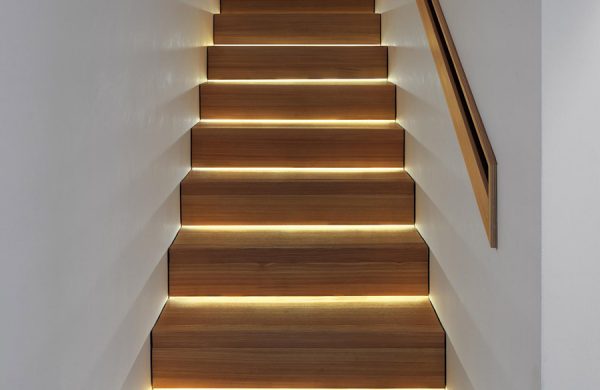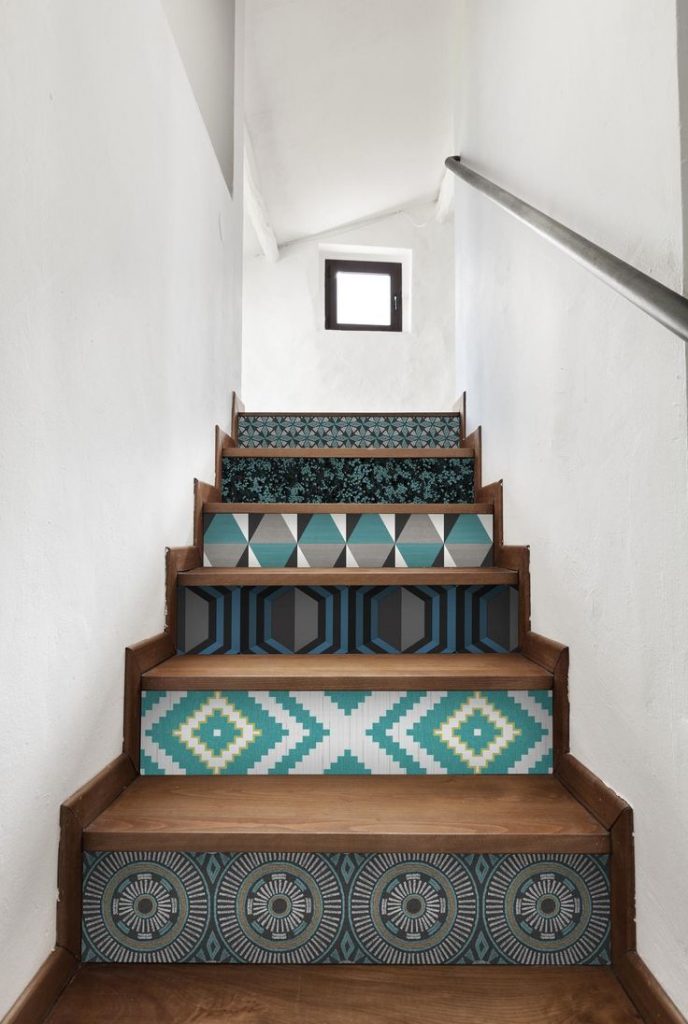
Stairs are possibly the most frequently overlooked element of a home when planning a redesign. This is primarily because in most cases the stair location isn’t changing so the stairs are simply retained.
This means that in many homes the style of the stairs hasn’t changed in a century. Even new houses being built today still have very traditional looking stairs. This prominent feature really isn’t given the design consideration that it deserves.
Your staircase is a structural part of your home so moving it is similar to knocking down a structural wall which will have structural and cost implications. But if your stairs are badly positioned and disrupt the layout of the house or are located in an area that blocks light flow through your home, then it really is worth considering relocating them. But if you are planning a large renovation the cost of doing this will be relatively minor in the overall scheme.
Ninety per cent of new staircases are constructed to create access to an attic conversion. The best solution is always to try to design the new stairs so that is works as a continuation of the existing stairs. This way it will feel like a fully integrated part of your home rather than an afterthought.
If you are planning a new staircase, don’t limit yourself to the traditional materials. Timber staircases work really well in most homes and can instantly create a much more contemporary feel. If your stairs are in a living space look for ways to integrate it to maximise space. For example, we had clients who’s stairs was in the kitchen area and we designed it into the run of kitchen units utilising the under-stair-space for extra storage space.
 Lighting for staircases is also really important as they often don’t get much natural daylight. Illuminating steps with lights recessed into the wall at low level can be very effective and works really well with a contemporary-style staircase.
Lighting for staircases is also really important as they often don’t get much natural daylight. Illuminating steps with lights recessed into the wall at low level can be very effective and works really well with a contemporary-style staircase.
If your budget won’t stretch to a whole new staircase, there are some simple updates you can make to turn your staircase into more of a design feature. Replace solid balustrades or dated spindles for a more modern equivalent. Sheet glass for example creates a minimal more contemporary look and will allow light to flow more freely. If your hallway is long and narrow you might consider removing the under-stairs cupboard to create a more open feel.
Spiral staircases are the first thing that spring to mind where space is tight but they do actually take up a lot of floor area so aren’t always the best option. If you are considering them for access to an attic space, for example, do bear in mind that getting things up and down will not be straightforward.
 If you do favour the more traditional finishes, such as carpet, make sure you choose the right product to ensure it stays looking its best. An 80 per cent wool to 20 per cent nylon mix is an excellent choice as it will stand up to a lot of wear and tear. Use a good underlay over both tread and riser and fit the carpet so the pile runs down the stairs. It’s also possible to use a strip of carpet as a runner. Most carpet suppliers can make bespoke carpet to your width specifications. A lovely idea is to edge the sides in a contrasting colour for a very contemporary look.
If you do favour the more traditional finishes, such as carpet, make sure you choose the right product to ensure it stays looking its best. An 80 per cent wool to 20 per cent nylon mix is an excellent choice as it will stand up to a lot of wear and tear. Use a good underlay over both tread and riser and fit the carpet so the pile runs down the stairs. It’s also possible to use a strip of carpet as a runner. Most carpet suppliers can make bespoke carpet to your width specifications. A lovely idea is to edge the sides in a contrasting colour for a very contemporary look.